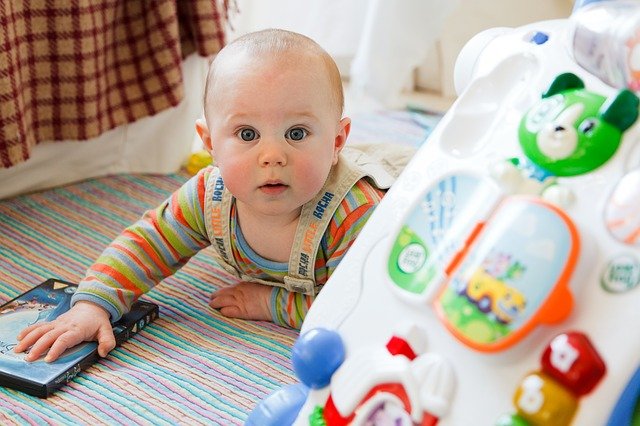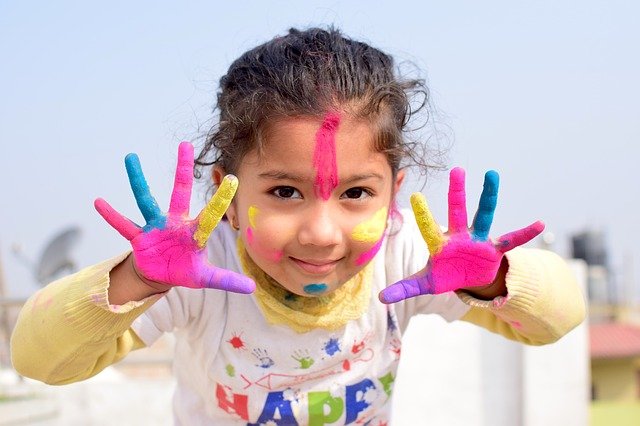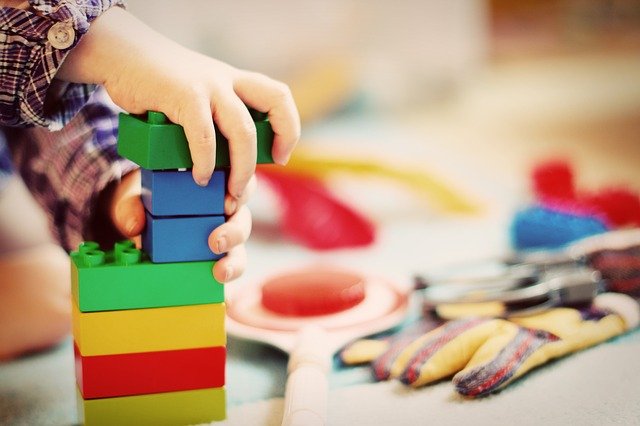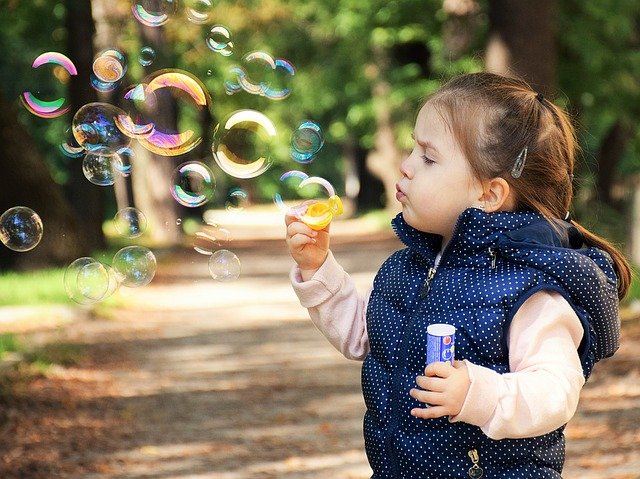Whether you have kids or not, you know that they have big imaginations and love to play! Playing is one of the best things you can encourage in your child. Through play, kids learn to socialize with their peers, exercise their bodies and their brains and build confidence. In fact, the United Nations High Commissioner has recognized the “right to play” as a critical part of child development!
The benefits of allowing children to play with their peers and spend time outdoors are recognized internationally, as time outside helps kids learn about their environment and use their critical thinking skills to help understand and solve problems in their environment. It also offers them plenty of exercise and movement to strengthen their bodies and keeps them physically healthy.
Group play allows children to communicate with each other, aids in helping them learn conflict resolution skills, and allows them to have their ideas heard and respected by others, all while learning critical social development skills that will lay the foundation for more complicated social interactions with others later in life.
Having a solid foundation of play keeps kids on track developmentally, physically and mentally, and contributes to gaining and developing a high EQ or “emotional intelligence quotient” which is becoming almost as important if not more important than IQ in today’s society.
Sometimes, people may see children “horsing around” and try to inhibit their children from it. But what could look frivolous is actually a real benefit for your child, as they are using their imagination, social skills, and critical thinking skills that are developmentally important.
Not all play is created equal, as different age groups of kids require different types of play and activity based on their age. So the question is, how do we as adults engage our children in age-appropriate play so they can get the most benefit? Below are some ideas to help encourage your kids to play and some ways you can play and learn with them.
Play at Every Stage
Infants: Because infants can’t walk, talk, or move around too much, engaging your infant can seem challenging. What infants do tend to enjoy is looking at faces, making noise, and banging on things. Infants enjoy games such as peek-a-boo, which helps to teach object permanence, as well as rattling toys, feeling different textures, and using their senses to explore the world. They rarely will play with each other, but as a parent, you can help engage their minds and bodies by purchasing toys that talk or make music, stuffed animals, books that are interactive, finger puppets and putting on music for them that give them a new way to explore their senses.

Toddlers: As infants become toddlers, their social and motor skills improve, and they are more curious and inquisitive of their environment. With newfound skills such as walking and possibly running, toddlers are very active and prefer activities where they can move their bodies and explore their environment. Because of their short attention span, trying to play games with them for too long will cause boredom, so try to keep any activity you do with them short. Toddlers enjoy coloring, stacking blocks, and make-believe type games such as dress up or playing with dolls.

Preschoolers: These kids are becoming fiercely independent and have a better understanding of the world and their place in it. They seek independence in everything they do, from feeding themselves to trying to brush their teeth. Independent play is the name of the game for preschoolers, so introducing solo activities such as putting puzzles together and building blocks such as Legos can help satiate that need for independent play. It is important to note however, that kiddos this age need more socialization, so taking them to the park or to a playground to associate with their peers is critical to helping them learn social and teamwork skills they will need for the future.

School-age: At this point, most children are engaging in structured, school-based activities with their friends and classmates. They are learning more critical thinking and problem-solving skills and are likely able to help themselves if they need to use the bathroom or grab a snack. Team building exercises are good for this age, so team games such as kickball or blowing bubbles with their peers are ideal. They still need to be given the freedom to have unstructured play so that their imaginations aren’t inhibited. They also need this freedom to practice their growing independence, rudimentary decision making and having a say in what they want to do.

When Kids Don’t Get Enough Play
What happens when kids don’t play enough? Studies show that when your children don’t get enough play or time outside it can negatively impact their health. Play allows kids to be themselves and learn about their environment and can keep them occupied. It helps reduce stress and anxiety, and when they don’t get the opportunity to play, it can lead to a higher risk in attention and behavioral problems as well as increased risk for obesity and other health problems later in life. Letting kids play outside for even 30 minutes to an hour outside each day can do wonders for your little one and their social, emotional, and physical development.
As you can see, play is an important part of your child’s development. If you have any questions or concerns about your child(ren) or their development, contact us and set up an appointment to discuss them with your child’s doctor. We’re always happy to partner with you to help encourage your kids to enjoy playing and spending time outdoors!


